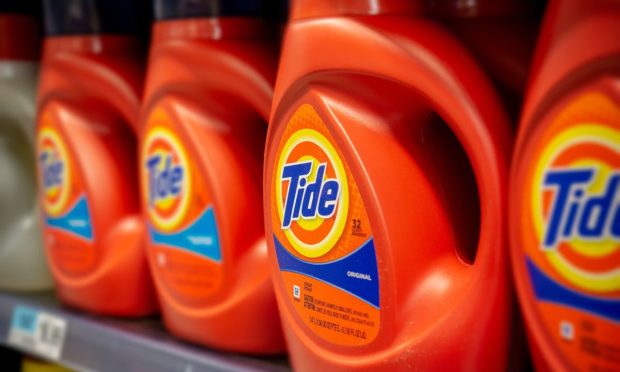Price Hike Decisions Becoming ‘More Difficult’ for Procter & Gamble

Procter & Gamble’s CFO says the company is at something of a price increase crossroads.
Speaking at an industry conference Thursday (Feb. 23), Andre Schulten said the consumer packaged goods giant wants to balance higher costs with savings on productivity to keep the need for price increases at a minimum.
However, it still feels it needs to charge more to pay for the innovations that keep shoppers buying its products, said Schulten, whose comments were reported by Bloomberg News.
“Our strategy is built on superiority that drives category growth, which benefits both retailers and P&G,” the finance chief told an audience at the Consumer Analyst Group of New York conference in Boca Raton, Florida. “That strategy requires investment.”
He added that the decision to increase prices has become “more difficult” as inflation continues.
Last month, Procter & Gamble — whose brands include Tide, Bounty, Pampers and Gillette — said it had no plans to alter its strategy in the face of a tough cost and operating environment.
This was during the company’s recent earning report, which showed its organic sales grew 5%, a trend the P&G said came from consumers relaxing their belt tightening.
“If you look back over the past six months, private label’s share in the U.S. has been relatively steady,” Schulten told investors. “There hasn’t been a significant shift in consumer behavior in terms of trade down.”
But that’s not the case for every retailer, as inflation is impacting shoppers across all income brackets. As PYMNTS noted recently, Walmart said this week that higher-earning consumers have been making more food purchases from the mammoth retail, a sign they could be trading down from more premium retailers.
“We continue to see strong share gains in grocery, with nearly half coming from higher-income households,” CFO John David Rainey said.
But lower-income consumers have seen a more drastic change in habits. Casey’s General Stores, the nation’s third-largest convenience retailer, said in December that these shoppers have been buying packaged food and beverages as more affordable alternatives to restaurant meals when they do not have time to cook.
The company was seeing these consumers “taking different products and using those as meal replacements,” CEO Darren Rebelez said. “So, think of a protein shake or enhanced juices as an alternative to a meal.”
Research from the latest edition of PYMNTS’ “Consumer Inflation Sentiment study “Consumer Inflation Sentiment: Perception Is Reality” shows that consumers across the board see grocery price increases far greater than those measured by the U.S. Bureau of Labor Statistics.
However, this inflation is felt most dramatically by those who live paycheck to paycheck and have issues paying their bills, the study found.
